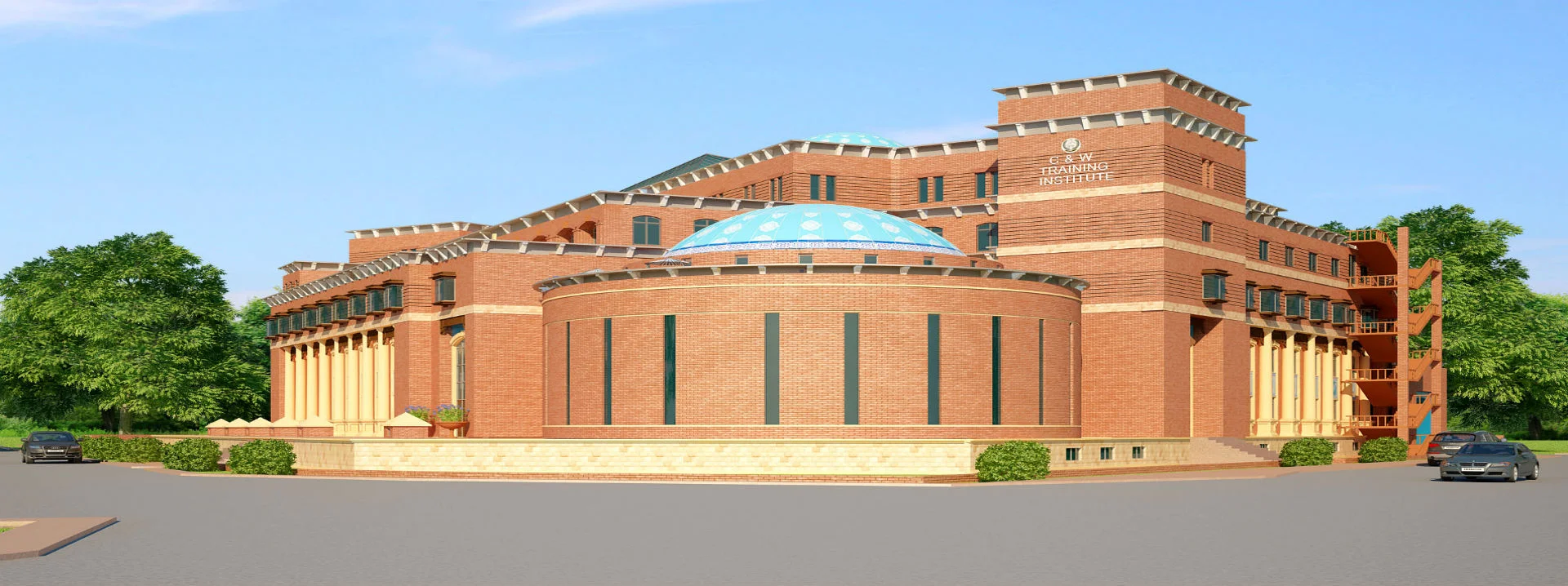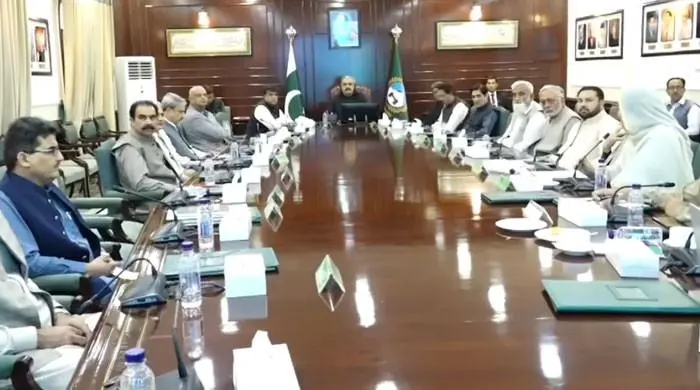In a historic move, Khyber Pakhtunkhwa has become the first province in Pakistan to introduce a (KP) Bridge Design Code.
Under the leadership of Chief Minister Ali Amin Gandapur, the provincial government has taken a significant step toward ensuring the safety, durability, and international standards of bridge construction.
This initiative is set to revolutionize infrastructure development in the region and serve as a model for other provinces.

What is the Bridge Design Code?
The Bridge Design Code is a comprehensive set of guidelines and standards for the construction, repair, and design of bridges.
It aims to establish minimum safety and quality requirements to ensure that bridges are built to withstand environmental and geological challenges.
The code has been developed by a core working group consisting of government officials and industry experts.
It is licensed by the American Association of State Highway and Transportation Officials (AASHTO), ensuring that it aligns with globally recognized standards.
Why is This Code Important?
1. Preventing Loss of Lives and Resources:
In recent years, Pakistan has witnessed numerous incidents of bridges collapsing due to poor design and construction. For example:
- During the 2022 floods, 107 bridges were destroyed in Khyber Pakhtunkhwa alone.
- The 2010 floods damaged 150 bridges in the province.
These incidents not only resulted in the loss of precious human lives but also caused significant financial losses to the national exchequer. The new code aims to prevent such tragedies by ensuring that bridges are built to withstand natural disasters and other challenges.
2. Addressing Climate and Geological Challenges:
KP’s unique climatic and geological conditions require specialized infrastructure solutions. The Bridge Design Code has been tailored to address these specific challenges, ensuring that bridges are resilient and long-lasting.
3. Setting a Precedent for Other Provinces:
By becoming the first province to introduce such a code, KP has set a benchmark for the rest of the country. This move highlights the province’s commitment to progress and innovation in infrastructure development.
Key Features of the Bridge Design Code:
- International Standards: The code is based on globally accepted principles and practices.
- Legal Framework: The provincial government plans to enact legislation to give the code legal status, making compliance mandatory for all future bridge projects.
- Expert Involvement: The code was developed by a team of government officials and industry experts, ensuring its practicality and effectiveness.
- Focus on Safety: The primary goal is to minimize the risk of bridge collapses and protect public resources.
What’s Next?
Chief Minister Ali Amin Gandapur has announced that after the successful implementation of the Bridge Design Code, the province will also introduce a Highway Code.
This further demonstrates the government’s commitment to improving infrastructure and ensuring public safety.
A Step Toward a Safer Future:
The introduction of the (KP) Bridge Design Code is a landmark achievement for Khyber Pakhtunkhwa.
It reflects the government’s proactive approach to addressing long-standing issues in infrastructure development.
By prioritizing safety, quality, and international standards, KP is paving the way for a safer and more resilient future.
As Chief Minister Ali Amin Gandapur stated, “The implementation of the Bridge Design Code is not just a necessity but a moral obligation to protect lives and public resources.”
This initiative is a testament to KP’s leadership in innovation and progress, setting an example for the entire nation to follow.



